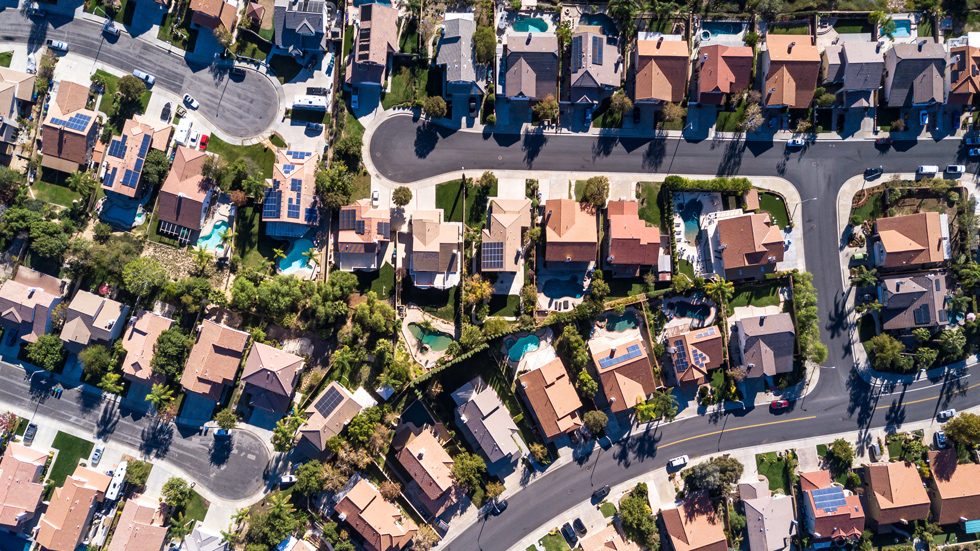
As urban populations continue to grow, the need for smarter living solutions becomes increasingly important. Residential knowledge encompasses various insights and strategies that can enhance urban living, making it more efficient, sustainable, and enjoyable. This article explores key insights into smarter urban living, focusing on technology integration, sustainable practices, community engagement, and the importance of design in inca residence spaces.
Understanding Smarter Urban Living

Definition and Importance
Smarter urban living refers to the integration of technology, sustainable practices, and community-oriented solutions to improve the quality of life in urban environments. With the rapid increase in urbanization, cities face numerous challenges, including overcrowding, pollution, and resource management. Embracing smarter living solutions can help address these issues while enhancing residents’ overall well-being.
The Role of Technology
Technology plays a pivotal role in transforming urban living. Smart technologies, such as the Internet of Things (IoT), artificial intelligence (AI), and data analytics, can optimize various aspects of residential life. From energy management systems to smart home devices, technology enables residents to make informed decisions that enhance their living experience.
Key Insights for Smarter Urban Living
1. Smart Home Technologies
Automation and Control
Smart home technologies allow residents to automate and control various aspects of their living environment. Devices such as smart thermostats, lighting systems, and security cameras can be managed remotely through smartphones or voice-activated assistants. This automation not only enhances convenience but also promotes energy efficiency by optimizing resource usage.
Energy Management
Smart energy management systems provide real-time data on energy consumption, enabling residents to identify patterns and make adjustments to reduce waste. For example, smart thermostats can learn user preferences and adjust heating and cooling accordingly, leading to significant energy savings.
2. Sustainable Practices
Green Building Design
Incorporating sustainable practices into residential design is essential for reducing environmental impact. Green building techniques, such as using renewable materials, maximizing natural light, and implementing energy-efficient systems, contribute to a healthier living environment. For instance, homes designed with passive solar principles can reduce reliance on artificial heating and cooling.
Urban Gardening and Green Spaces
Creating green spaces and promoting urban gardening initiatives can enhance residents’ quality of life. Rooftop gardens, community gardens, and green walls not only improve air quality but also provide opportunities for residents to engage with nature and grow their own food. These initiatives foster a sense of community and promote sustainable living practices.
3. Community Engagement
Building Stronger Communities
Community engagement is a critical component of smarter urban living. Encouraging residents to participate in local initiatives, such as neighborhood clean-ups, farmers’ markets, and cultural events, strengthens social bonds and fosters a sense of belonging. Engaged communities are more resilient and better equipped to address challenges collectively.
Collaborative Living Models
Innovative residential models, such as co-housing and shared living spaces, promote collaboration among residents. These models encourage resource sharing, reduce living costs, and enhance social interactions. By fostering a sense of community, collaborative living can lead to healthier and more sustainable urban environments.
4. Transportation Solutions
Promoting Public Transit
Efficient public transportation systems are vital for reducing traffic congestion and lowering carbon emissions in urban areas. Encouraging residents to utilize public transit options, such as buses, trains, and trams, can improve mobility and accessibility. Cities can enhance public transit by ensuring convenient routes, affordability, and reliability.
Active Transportation
Promoting active transportation methods, such as walking and cycling, contributes to healthier lifestyles and reduces reliance on cars. Cities can support active transportation by developing pedestrian-friendly infrastructure, creating bike lanes, and implementing bike-sharing programs. These initiatives not only improve public health but also enhance the overall urban experience.
5. Data-Driven Decision Making
Smart City Initiatives
Data-driven decision-making is essential for creating smarter urban environments. Cities can leverage data analytics to identify trends, optimize resource allocation, and improve service delivery. For example, analyzing traffic patterns can help city planners design more efficient road networks and reduce congestion.
Resident Feedback and Participation
Incorporating resident feedback into urban planning processes is crucial for creating spaces that meet community needs. Utilizing digital platforms for surveys and feedback can help city officials gather insights and make informed decisions. Engaging residents in the planning process fosters a sense of ownership and ensures that urban developments align with community values.
The Importance of Design in Residential Spaces
1. Functional and Aesthetic Design
The design of residential spaces plays a significant role in enhancing urban living. Functional and aesthetically pleasing designs contribute to residents’ overall well-being. Thoughtful layouts, ample natural light, and quality materials create comfortable and inviting environments.
2. Flexible Spaces
As lifestyles evolve, the need for flexible living spaces becomes increasingly important. Designing homes with adaptable layouts allows residents to modify their spaces according to their changing needs. For instance, incorporating movable walls or multi-functional furniture can create versatile environments that cater to various activities and family sizes.
3. Biophilic Design
Biophilic design principles emphasize the connection between nature and the built environment. Incorporating natural elements, such as plants, water features, and natural materials, into residential designs can enhance residents’ mental and physical well-being. Biophilic design not only improves air quality but also promotes relaxation and creativity.
Conclusion
Smarter urban living is essential for addressing the challenges posed by rapid urbanization. By integrating technology, sustainable practices, community engagement, and thoughtful design, residents can enhance their quality of life while contributing to a healthier planet. Embracing these key insights empowers individuals and communities to create vibrant, resilient urban environments that prioritize well-being and sustainability.
As cities continue to evolve, the importance of residential knowledge grows. By prioritizing smarter living solutions, we can bridge the gap between urban challenges and innovative solutions, fostering a future where urban living is not only smarter but also more fulfilling for all residents. The transition to smarter urban living is a collective effort that requires collaboration, innovation, and a commitment to creating spaces that reflect the values and needs of diverse communities.
Related Posts
 Hubungan Antarbudaya: Keterampilan Esensial Mahasiswa di Era Global yang Terhubung
Hubungan Antarbudaya: Keterampilan Esensial Mahasiswa di Era Global yang Terhubung
 Lecturers: Expert Educators Delivering Academic Instruction and Guidance – Why Their Role is More Than You Think
Lecturers: Expert Educators Delivering Academic Instruction and Guidance – Why Their Role is More Than You Think
 Pendidikan Moral: Fondasi Karakter dan Etika Generasi Masa Depan
Pendidikan Moral: Fondasi Karakter dan Etika Generasi Masa Depan
 Praktik Lapangan — Pilar Pembelajaran Konkret dan Terarah!
Praktik Lapangan — Pilar Pembelajaran Konkret dan Terarah!



